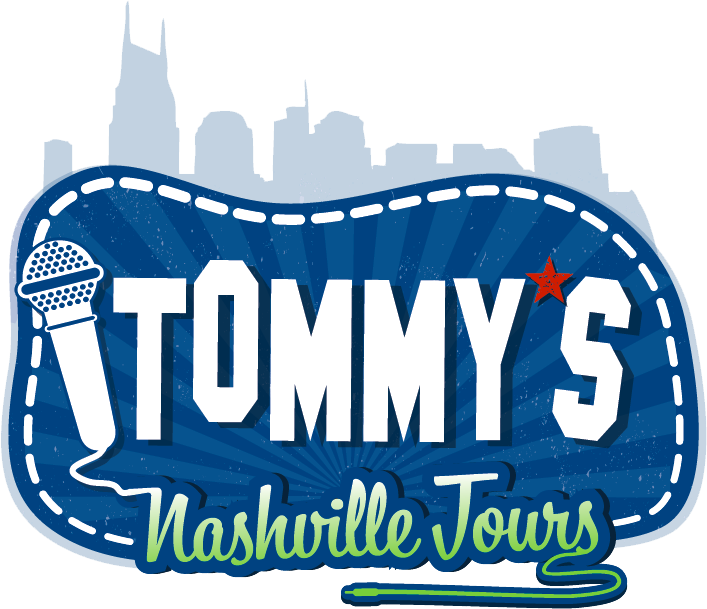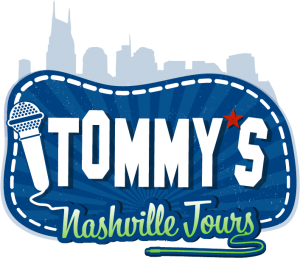The History of the Grand Ole Opry
Nashville is synonymous with music and hosts legendary venues such as The Grand Ole Opry. The Opry was originally a radio show that started in the mid-20’s and grew into a national phenomenon. The show attracted fans and musical artists alike to celebrate what we know and love as country music.
The Start of the Grand Ole Opry
The Grand Ole Opry wouldn’t exist without the birth of public radio. Transmitting sounds over airwaves had been happening for years, but producing shows purely for entertainment value was a new concept in 1910. In 1925, just 15 years after commercial radio’s inception The Grand Ole Opry was born.
It started when National Life and Accident Insurance Company decided to build a public service radio station for the enjoyment of the community. Throughout the broadcast, however, they would mention the importance of life insurance as a form of advertisement. The call letters were WSM, an acronym for their slogan “We Shield Millions.” This decision to launch the radio station would soon make history when they hired George D. Hay.
The Rise in Popularity of the Grand Ole Opry
Hay was a reporter from Memphis but had transitioned into radio in Chicago hosting a popular barn dance show. He was hired by WSM as a program director just a months after they went on air. On November 28th, 1925 Hay and championship fiddler, Uncle Jimmy Thompson launched the WSM barn dance. The show was an immediate hit and in 1927 changed the name to The Grand Ole Opry which was supposed to be a play on the name Hay gave himself “The Solemn Old Judge.”
The show was a huge smash and crowds began to gather outside the studio space within the National Life building. Pretty impressive because fans had to climb up to the fifth floor to sneak a peek. But for some, this was the first time they were not only hearing but seeing the musical talent that they enjoyed listening to on the radio. The original location on 7th Avenue and Union drew quite the crowd, and when it became unmanageable, National Life decided to build an auditorium that could hold at least 500 fans.
Growing Into the Ryman Auditorium
The popularity of The Grand Ole Opry didn’t slow, and over the next few decades the location of the show would set up residence in numerous places. The fanbase outgrew the 500 seat auditorium which means they were relocated in 1934 to Hillsboro Theater. Two years later they moved again to the Dixie Tabernacle capable of 3,500 off Fatherland Street in East Nashville. Although this location didn’t last long considering it had sawdust flooring, bench seating, and no dressing rooms for the musical talent. Just a few years later and they were in another location where the seating was reduced to 2,200. Before this move, visiting the radio show was free, but because of the limited seating, they decided to charge a 25 cent admission fee. The fee didn’t slow crowd participation, and by 1943 the Opry moved to its most famous location the Ryman Auditorium.
The Legend of the Ryman Auditorium
The Ryman Auditorium was built and financed by steamboat magnate Thomas G. Ryman. It was originally a Victorian gospel tabernacle back in 1892 when it was initially constructed. When the Opry moved to this location, it had no air conditioning or dressing rooms, but the match was perfect. Many famous names and faces made their way onto the stage. It started in 1945 with Earl Scruggs and Bill Monroe’s Bluegrass Boys. In 1949, a 25-year old Hank Williams made an appearance to perform “Lovesick Blues.” As we move into the 1950’s famous names like Elvis Presley, Johnny Cash, June Carter, and Patsy Cline had Opry performances. The Opry’s time at the Ryman is often considered by many its formative years.
On March 15, 1974, the Opry made its last broadcast from the Ryman before moving to The Grand Ole Opry House where it resides now.
Tour the Ryman
For the music lovers, there is the opportunity to tour the Ryman. Also known as the “Mother Church of Country Music,” fans will enjoy a sneak peek behind the curtain with a tour of the backstage. You can move at your own pace with a self-guided tour or have one of their experienced members of staff take you around. Tours are available daily from 9 am to 4:30 pm!
While you’re downtown, don’t forget to see Tommy!


